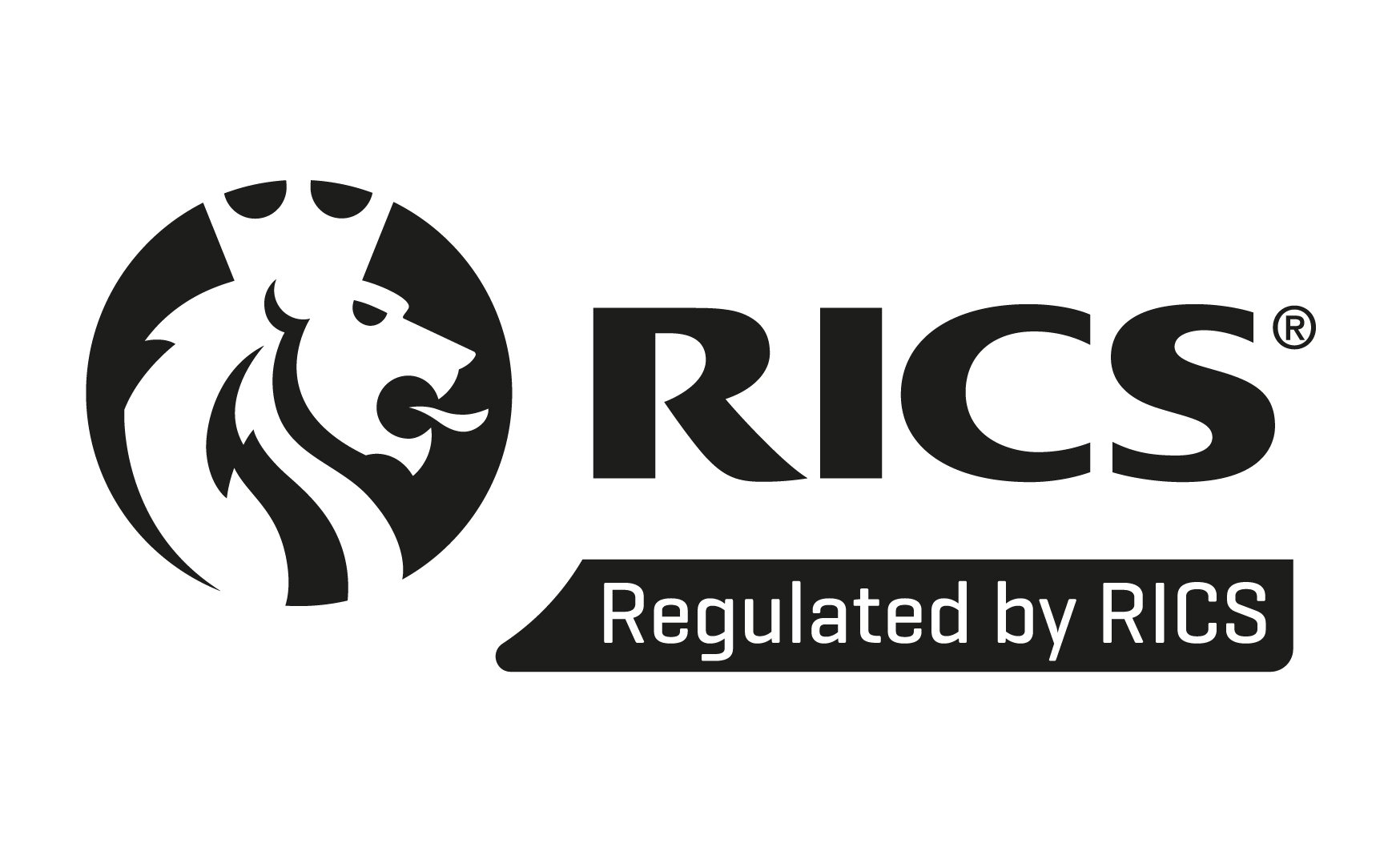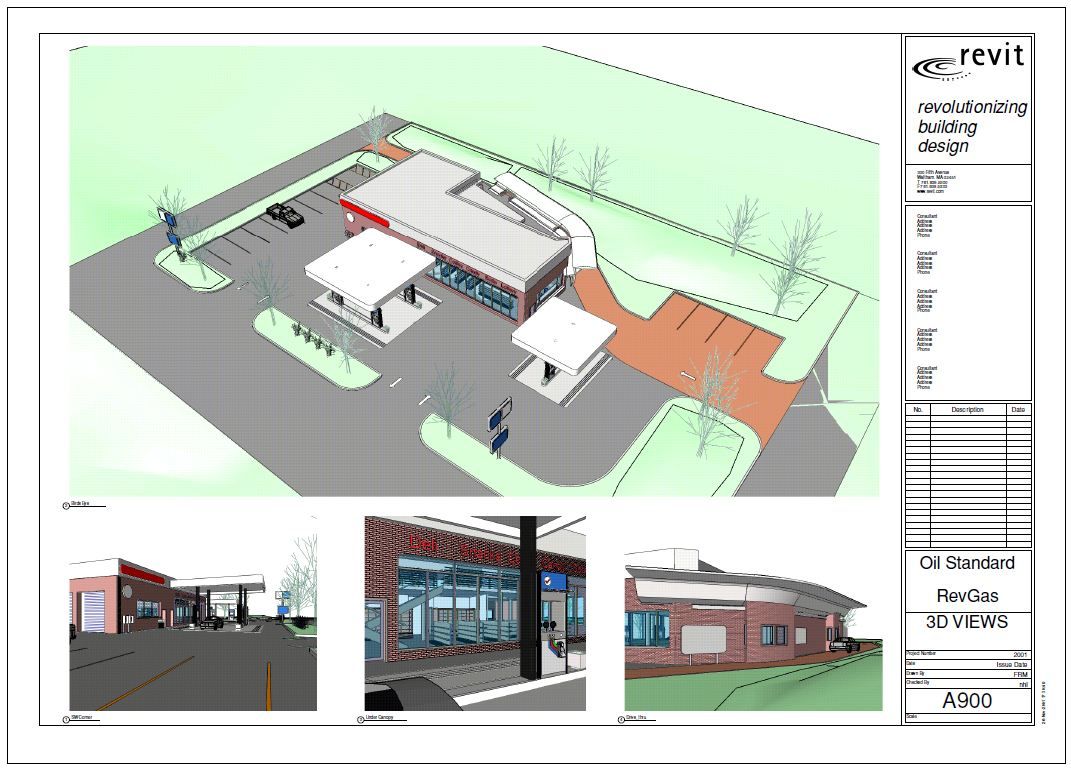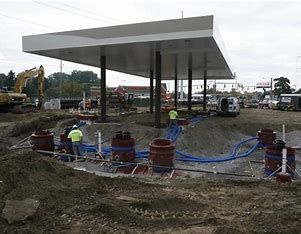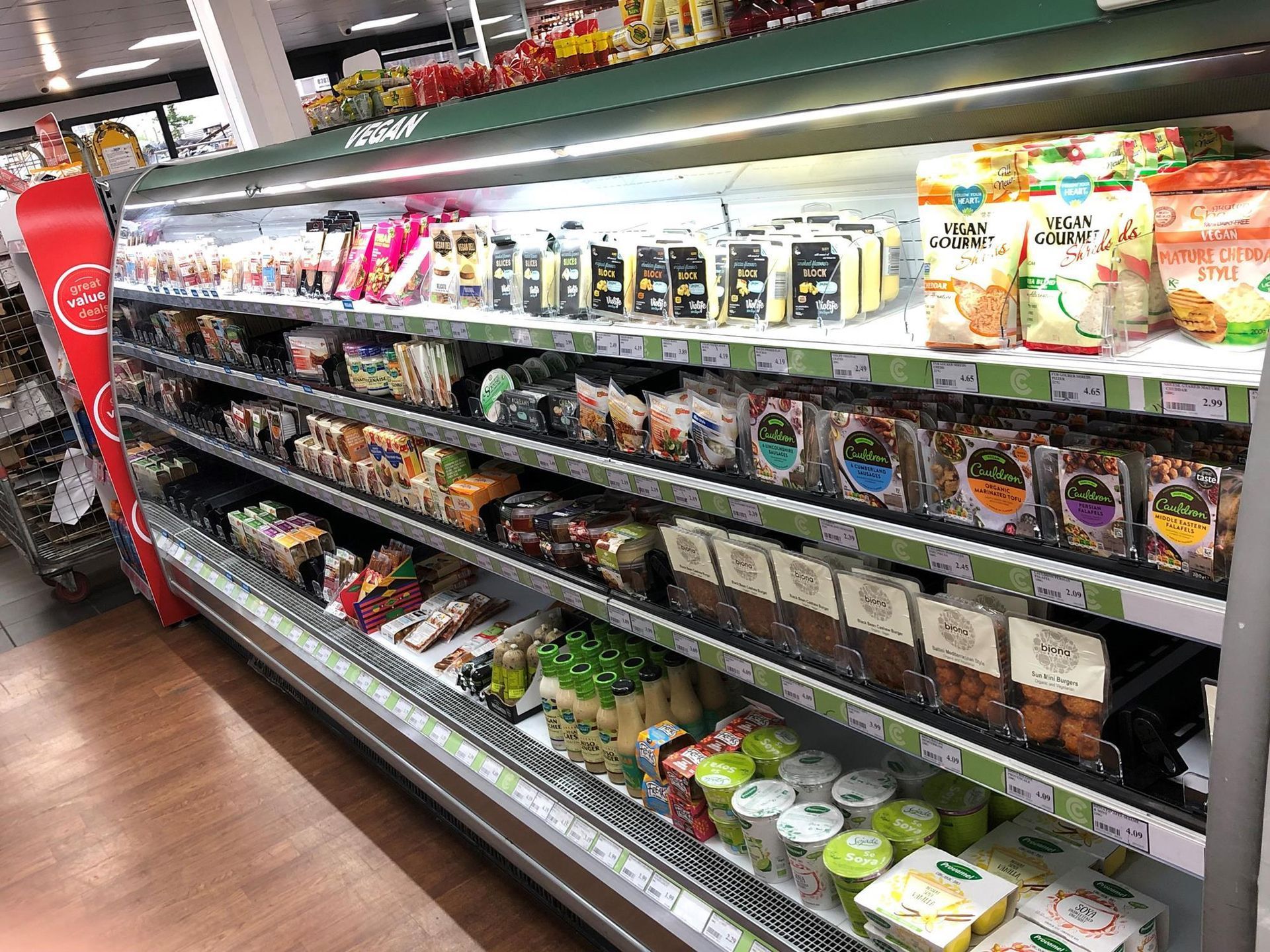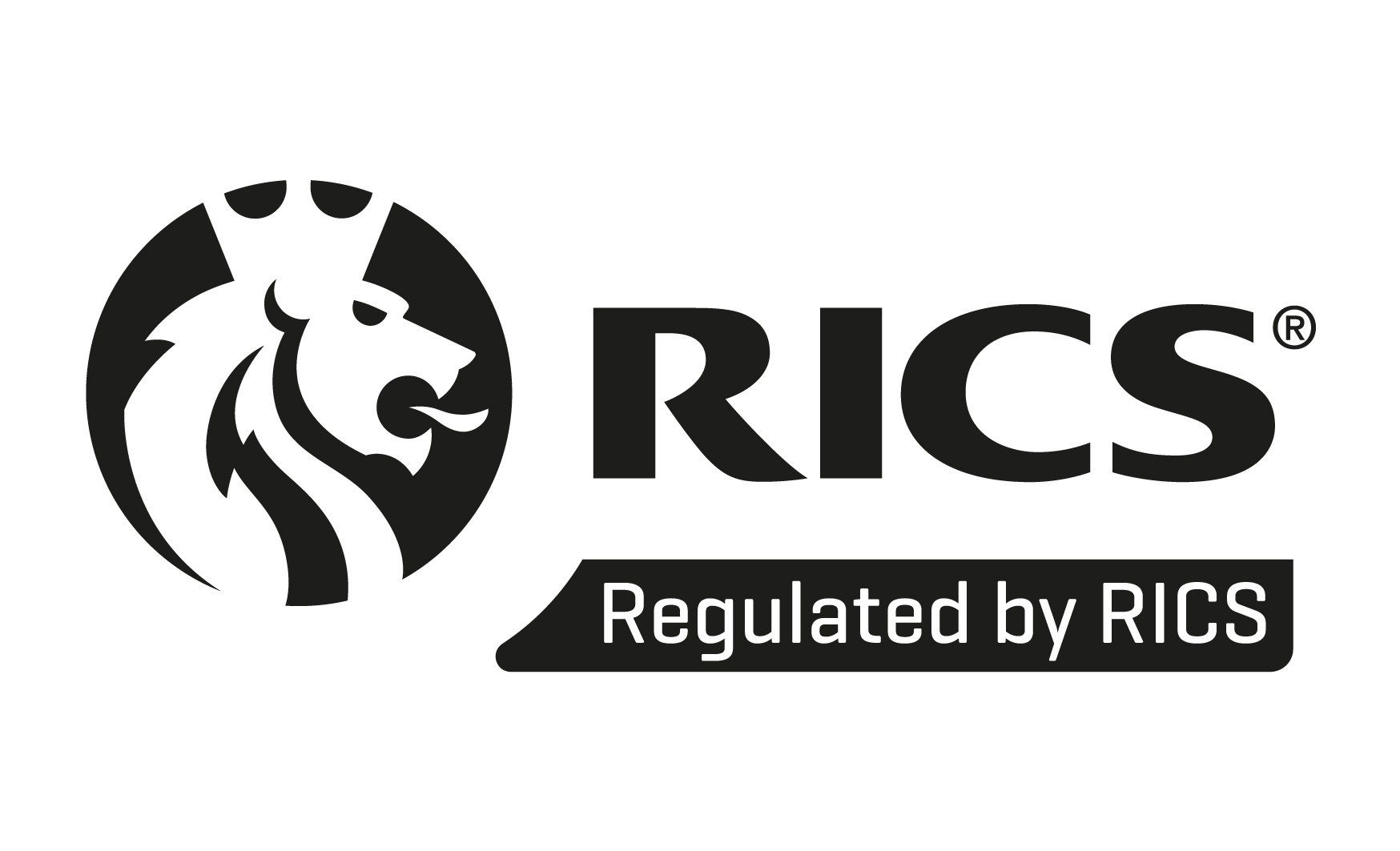Selecting Suppliers
You'll need to appoint various "suppliers" during the project process.
We answer the questions you might have at each stage of the process so that you understand who you might need to appoint and when:
- when to appoint
- how to get value
- getting the right fit for you and your project
If you can't find the answer to your question below, please contact us, and we can discuss it with you.
What suppliers are required during Pre-Construction?
Frequently asked questions
Concept
-
Which "supplier" should i consider appointing first?
Your client project manager or advisor followed by your project team should be your first appointments. This will enable your project to get off the ground, defining scope and starting feasibility designs.
This contributes to your ability to discharge your client responsibilities under CDM and allows you to get appropriate advice on selecting and appointing suitable suppliers of equipment and build services later in the process.
Equipment procurement and supplier selection can take place ahead of or alongside main works tenders depending on lead times. There may be elements that are included in main works packages but others may be better ordered directly or tendered as separate packages.
On more complex projects it can be beneficial to appoint main contractors earlier in the process so that they contribute to the detailed design, phasing and planning of the project.
-
How will we start the design process?
If you are using a trusted client advisor, like Evenlode Roadside, then they will have relationships with a number of designers and be able to make recommendations of suitable practices for your type of project.
It is also possible to obtain competitive costs from more than one designer if they are considered to be of similar quality, in order to determine who to appoint. You may have a preferred designer and your client advisor can work with them to produce the best possible design outcomes.
Under CDM you have a responsibility to engage competent designers so it’s important to check qualifications, experience and industry accreditation for designers as with other suppliers.
-
Are there any specialists who can help with understanding costs?
Understanding how much your project is likely to cost and how it compares to your budget or available funds is likely to be a high priority. A good client advisor will be able to either provide high level advice directly or use trusted cost consultants to produce cost plans and refine these throughout the project life cycle as scope, design and procurement is progressed.
A realistic cost estimate which uses experience and available data to provide a clear understanding of what is priced and what is excluded is important to manage expectations and ensure that a client can confirm economic feasibility.
Detailed preconstruction information and considered advice can help cost specialists with making early costings as robust as possible to avoid significant surprises later in the project.
-
Do we need to appoint a lot of suppliers early on?
It is not necessary to appoint a lot of suppliers early on but having a client project manager and design team appointed allows a plan for selection and appointment of further suppliers to be formulated.
This provides you with visibility of likely appointment timings and enables timely planning of expenditure.
Design
-
How many specialist designers are required?
This is very much dependent on the type of project, form of contract and procurement methods.
Elements like fuel systems require experienced designers and details are usually required early enough to get approvals. This means it does not usually sit well within a contractor responsibility.
In addition to the usual architectural and structural designers, planning requirements or conditions may require the use of professionals like landscape and highways designers.
Mechanical and electrical designers may be engaged for elements like small power, lighting and HVAC.
-
Who should control the design process?
Ultimately you guide the design process in terms of scope and how quickly you want to move from feasibility to planning to tender stages, when you are happy with the proposed scheme at each stage.
However, the Principal Designer under CDM 2015 needs to be appointed and be across the whole design process to coordinate and manage the preconstruction phase and they are deemed by the regulations to have control of the design process during preconstruction.
The Principal Designer role can be carried out by the architect, Client Advisor or other lead designer, as long as they have the relevant skill, knowledge and experience.
If the project is going to be procured as Design and Build (D&B) then the contractor will take over the role of Principal Designer and so control of the remaining design process once appointed.
-
How do we ensure that the design reflects the budget?
It is important to communicate your requirements clearly up front to the designers including any budget constraints or limits. It is for them to continue to liaise with you during the design process to highlight any challenges or issues which may impact on the cost of the project.
Having a budget that has been informed by our Desk Top Feasibility Assessment of a site will help to reduce the risk of unforeseen design concerns creating additional costs. Having an experienced designer who can recommend and specify economical and efficient ways to achieve your required result will also enable you to be more reassured on cost planning.
It should be noted that there is always the potential for variations to arise during construction projects, especially due to the nature of elements like ground conditions and weather, but having sufficient resource at design stage to produce a robust and considered design and to then review it can reduce the number and level of changes / costs.
-
How do we appoint the right lead designer for our scheme?
Like any other supplier you and your advisors should check designer qualifications, experience and industry accreditations when deciding who to appoint. With respect to CDM 2015 you will need to determine that your designers are competent and have the correct skills and knowledge for the role you are proposing.
When deciding who will act as your lead designer, and likely also the Principal Designer (PD), it is important to check that the designer has the capability and willingness to act as PD and that they can coordinate the rest of the design team.
Often the lead designer will be the project architect or architectural designer but other team members may be more suited to specific types of project – for example on a refurbishment, the M&E designer may take the lead or on a civils project it may be more appropriate for the engineer to coordinate.
We can assist in making these decisions using our industry experience and design and consultancy contacts.
Planning
-
Is there anyone who can help with securing planning permission?
Depending on the size and type of project you have in mind, and the location of your site, there will be a number of possible approaches to planning.
Simple projects in non-contentious locations can require a smaller package of information to be submitted and your Client Advisor or lead designer may be able to manage this process.
For more complicated projects or locations that are more sensitive, we can direct you to reliable and experienced planning consultants who will use their detailed planning policy knowledge and methods with the aim of securing planning consent.
-
What appointments are useful at this stage?
At planning stage you should have your scheme designer appointed to produce a set of planning drawings with the correct level of detail on plans and elevations.
You may also have a planning consultant appointed to advise on the contents of your planning pack and submit this on your behalf.
-
What other consultant appointments are useful?
At planning stage you may be asked for information to support the design and to provide the planning authority with sufficient detail with which to consult other bodies.
These requirements may be given in a planning checklist or be noted within a pre-application consultation response and can lead to the appointment of consultants such as:
- Ecologists
- Arboriculturalists
- Archaeologists
- Geo-Environmental Consultants – for environmental, coal and geotechnical advice
- Drainage engineers
- Highways engineers and transport consultants
- Noise consultants
- Air quality consultants
Who do we need to appoint during and after construction?
Frequently asked questions
Procurement
-
When should I select a contractor?
Most forms of contract will involve inviting contractors to tender, or negotiating costs with a preferred contractor, at a stage where there is sufficient detailed design information available.
To reduce risk of re-work and additional design costs this is usually when planning consent has already been obtained.
What is considered sufficient detailed design can vary and there may be aspects of the project where contractor input to the final design is required or beneficial, leading to their appointment in advance of finalising designs.
Your obligation under CDM 2015 is to appoint a Principal Contractor early enough to ensure that there is time for them to produce a Construction Phase Plan before construction phase starts.
Helping you to determine a suitable procurement strategy and timings, alongside design timelines and to provide confidence in when to appoint your contractor, is where an experienced Cient Advisor like Evenlode provides value.
-
How do we determine who the best specialist suppliers are?
We would recommend a phase within the procurement stage of the project for market research of suppliers which will also feed into deciding whether they hold the right qualifications, experience and accreditations that you require.
We have excellent contacts and breadth of experience with specialist suppliers within the industry and constantly seek to improve this with attendance at industry events and seminars where new suppliers may join the market.
-
What options are there for appointing the construction team?
There are several forms of contract and procurement to choose from when it comes to putting together the construction team.
These range from separating the work into multiple trade packages all appointed directly by the Client to only appointing a main contractor who then uses subcontractors to complete all the packages of work.
Contractors and suppliers can either be selected by competitively tendering all the works packages to negotiating with a preferred contractor.
It may be useful to nominate certain contractors associated with long lead or specialist equipment or a main contractor may obtain better rates for specific items.
As a specialist advisor we can discuss the various benefits, disadvantages and responsibilities associated with each option and recommend an approach to suit your project, budget and programme requirements.
-
Do we need to appoint a Principle Contractor?
Under CDM 2015, and for a project with more than one contractor involved, which is more often than not the case, you need to appoint a Principal Contractor (PC).
This must be done in writing and they must understand their obligations and duties under the regulations as PC. This includes coordinating the construction phase of a project in a way that secures health and safety.
Your PC is in control of the site throughout the construction stage and should provide strong leadership to other contractors and manage the risks of construction work, which will include monitoring and updating the construction phase plan as required during the works.
-
Should we tender the works packages to get best value?
Tenders can be a way of getting best value in a market where there is sufficient work to make contractors bid competitively.
However there are other ways to look for value with your contractors such as negotiating based on previous rates or bundling multiple projects into a costing request.
Looking carefully at the types of works packages and the current market conditions, plus sometimes the time available, can identify whether tendering is the most appropriate option.
-
What other specialist suppliers or contractors do we need to think about?
Depending on the procurement strategy that is adopted for your project you may need to engage specialists in mechanical (HVAC and refrigeration), electrical, structural steelwork, shopfitting, EV chargers, road marking, valeting equipment, food service equipment, shelving, fuel systems / equipment and monitoring / safety equipment.
You may also need to consider specialists that you will require at handover to provide equipment or services for operating the site.
-
How do we choose the right strategy for selecting a sub-tenanted operator?
There are many third party operaprs now seeking to lease space to operate on retail sites.
One example of this in the current market is the rise of EV charger CPOs (or Charge Point Operators).
We strongly recmmend taking detailed advice before engaging in discussions or considering this approach, so that you fully understand the commercial and legal risks and opportunities involved.
Taking early and independent advice can help to structure both the commercial models considered, the forms of contract and many other factors. (We have a long and detailed checkist that describes the issues to address).
Build, Construction or Installation
-
Whose role is it to manage and supervise health & safety on site?
Your Principal Contractor (PC) is responsible for managing health and safety on site and for coordinating works by other contractors and suppliers to also keep them working safely.
They produce a Construction Phase Plan and monitor and update this as required and also provide information for the Health & Safety File at the end of the project.
However, as a Client you are responsible for ensuring that the PC produces the Construction Phase Plan ahead of works starting on site and for taking reasonable steps to ensure that they comply with their other duties under CDM. This is after you have procured them in a way in which you have checked their competence.
This may mean that you engage someone, (which could be your lead designer or your Client advisor / Project Manager / Monitor), to visit the site regularly and carry out inspection on your behalf if you are not confident about what you are looking for.
-
How do we ensure that the contractors and specialist suppliers stick to the contracted scope?
Having a project manager and / or lead designer who can attend site for progress meetings and inspections allows you to be confident that any errors in meeting specification or design requirements can be picked up early and rectified with least impact. It also provides verification of progress against contractor valuations, so that you only pay for what has been delivered.
Inspections may follow a formal Quality Assurance format where a checksheet or other audit format is completed for different elements of the construction or by more informal visual inspections along with self certification by contractors.
Methods of measuring performance and also means by which contractors can be held to account for errors can be included in contracts to confirm an agreed course of action for repair or recompense.
-
Which suppliers are retained to control ongoing design and quality?
The Principal Designer, although responsible for the pre-construction phase of the project may also be retained throughout the construction phase to liaise with the Principal Contractor (PC) and ensure they have all the information they require to construct the project safely and to coordinate any changes amongst the other designers.
They may also be tasked by the client to carry out quality and progress audits and to assist the PC with the final H&S file.
The Client Advisor or Project Manager is also likely to be retained during the construction phase in order to monitor progress and liaise with contractors regarding delays or extensions required, to provide assurance to the Client on achieving the required outcomes in respect of quality and scope, to advise and review on contractor valuations and variations and to generally administer the contract.
Soft Landings - Opening & running your new site
-
How do we contract for a smooth transition into the first year of operations?
With regard to handover of the site from the contractor, expectations of what will be acceptable at Practical Completion should be set in the contract. It should be agreed what length of time the contractor is required to be on site for, post handover, to support the opening and deal with any last minute issues.
The contractor will then be responsible for defects within the first year of operation and timescales for repairs can be identified beyond which the Client can make other arrangements and charge the contractor.
Equipment should have warranties, which usually cover the first year at least and it is important that the contact details for utilising these are provided to the operator at handover so that they do not fall into any existing maintenance contracts that the Client may have until the warranty expires.
-
How can we set up maintenance contracts?
Suppliers of specialist equipment often also provide maintenance services, so the Client can usually buy ongoing maintenance provision from suppliers for beyond the warranty period.
If a client has a wider network of sites or more equipment then it may be better to procure maintenance services from another supplier who can provide coverage for multiple sites or pieces of equipment.
As with other supplier selection this involves due diligence with respect to the maintenance suppliers experience, qualifications and accreditations and may involve a tender process.
We have experience of effectively managing the maintenance of thousands of sites, so can discuss appropriate options with you.

